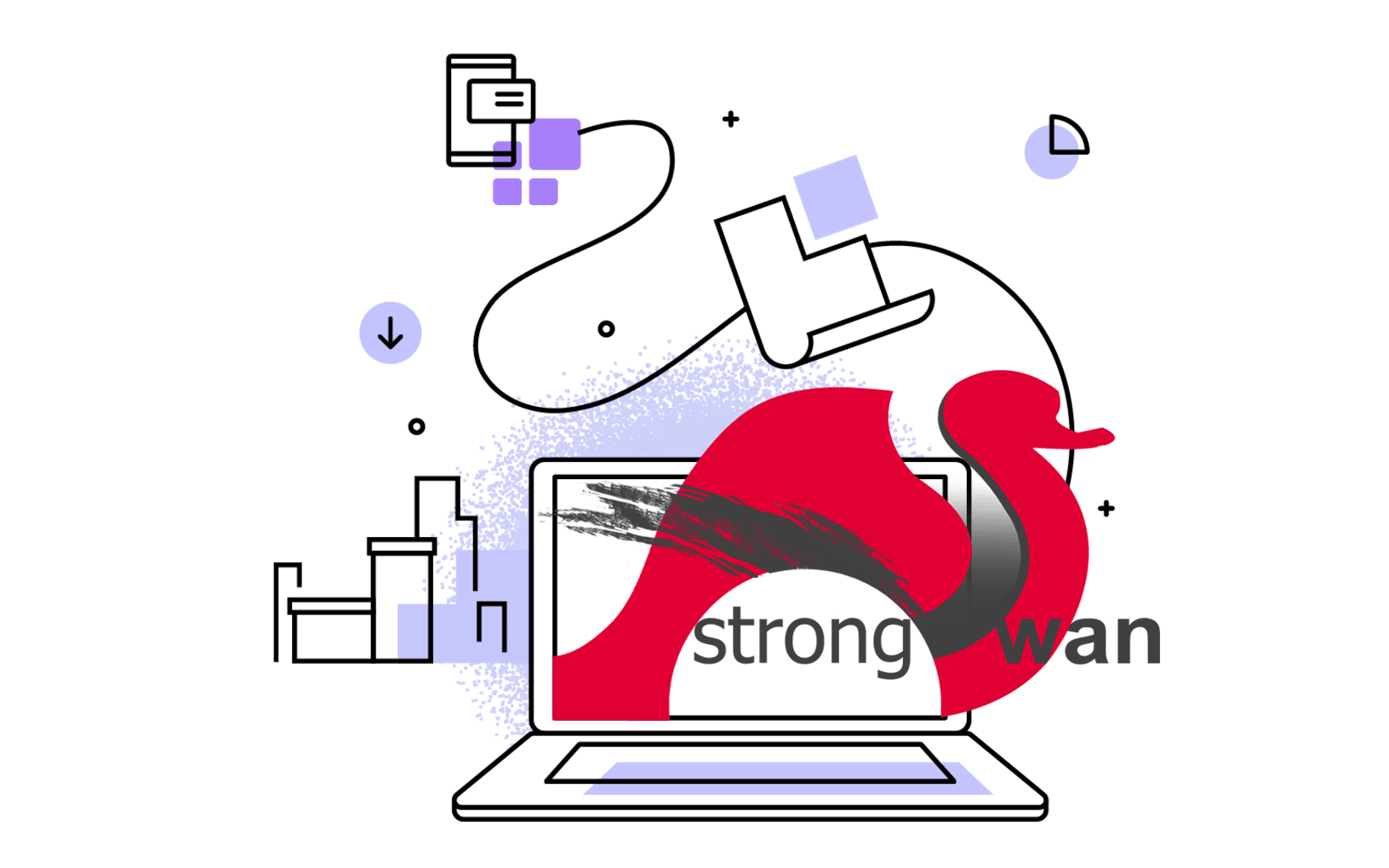2022.09.01
Upgrade Ubuntu servers
Ubuntu supports the ability to upgrade from one LTS to the next LTS in sequential order. For instance, a user on Ubuntu 16.04 LTS can upgrade to Ubuntu 18.04 LTS, but cannot jump directly to Ubuntu 20.04 LTS. To do this, the user would need to upgrade twice from Ubuntu 16.04 to Ubuntu 20.04.






